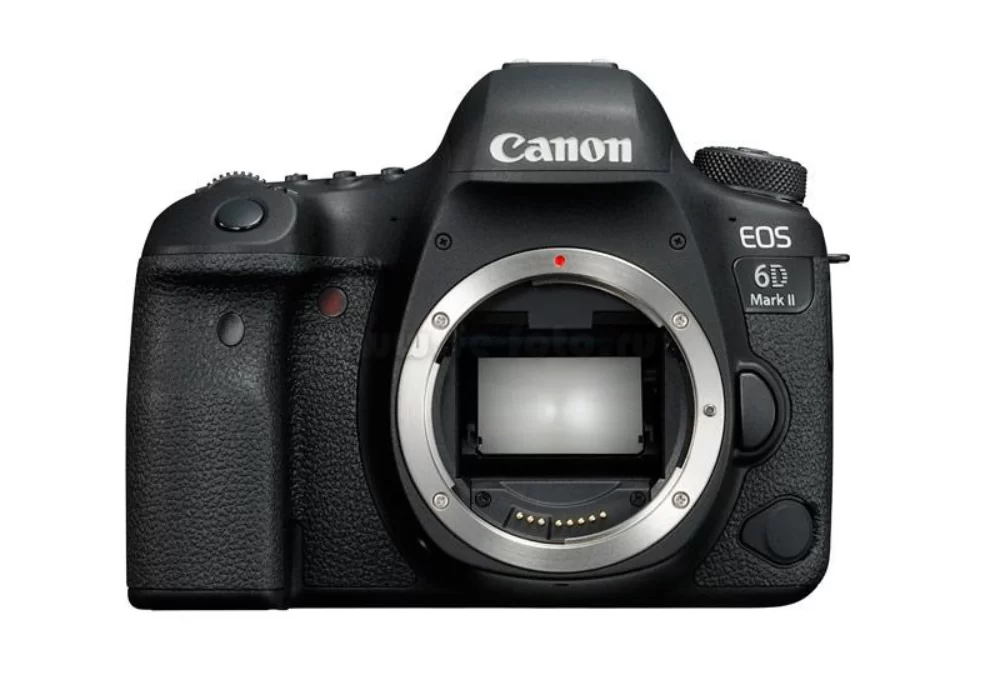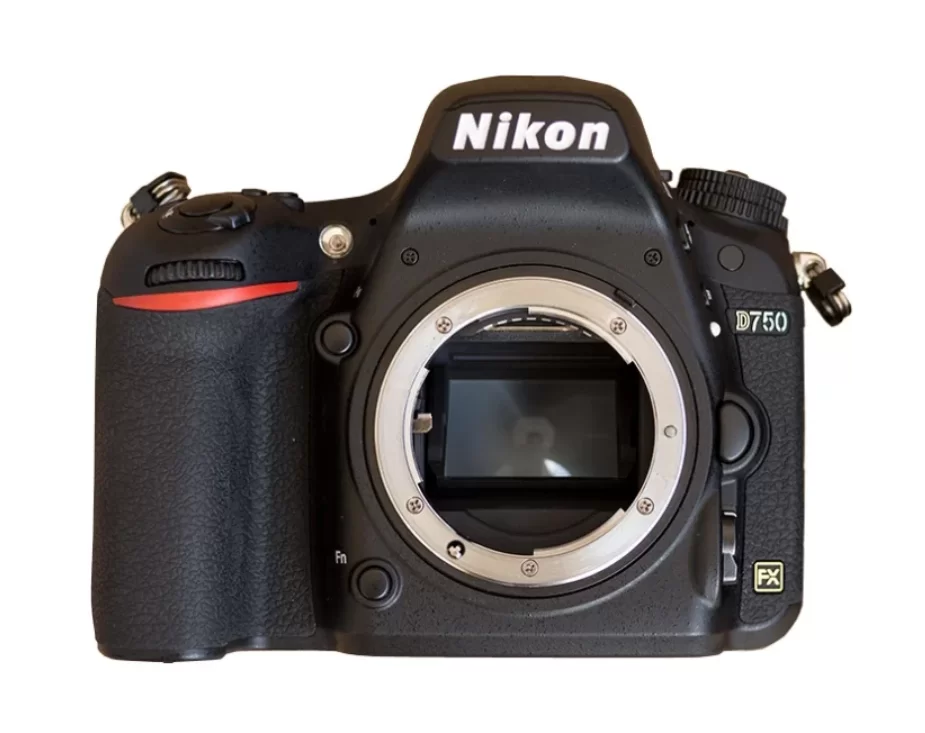Canon and Nikon are two giants in the mass market photography industry. It is they who produce the most SLR cameras, mirrorless cameras, “soap cameras”, “superzooms” and other, other devices for capturing the moment. They define the industry so much that even third-party companies seek to bring lenses and other accessories to the market, primarily focused on use with solutions from these manufacturers.
And, when you want to buy your first full-fledged camera, professional or at least semi-professional level, you often have to choose between these two manufacturers. Any Sony and Leica are not even considered — because of the rarity or comparative high cost.
In this article, we will not take part in multi-year holivars on the topic “Canon or Nikon”. We will really help you choose by comparing usability, interface, number of accessories and other parameters that determine the so-called user experience. And, since both companies produce a huge amount of equipment, for comparison, we will take the latest models of the middle price segment at the time of writing this material.
Canon cameras — and, in particular, the “SLR” Canon EOS 6D Mark II

A few years ago, Canon “caught the trend” to become photographers, bloggers and other creative professionals. And since then, the cameras of her authorship began to be simplified and receive a lot of automatic functions. Essentially, it started making cameras with a “Make Well” button.
This is most evident in the Creative Auto function. The device independently selects all the necessary shooting parameters based on the working conditions, objects in the frame and the scene, and the user only has to press the shutter button. And there are just a lot of operating modes in the cameras — and each of them with its own settings presets.
Of course, professional photographers can always switch to manual mode and set every necessary shooting parameter there. White balance, light sensitivity, focal length (if not on the lens) and other functions. Thanks to this, you can realize your own artistic ideas, almost without resorting to graphic editors like Adobe Photoshop or GIMP.
For example, it is advisable to consider the Canon EOS 6D Mark II, a full-frame SLR camera released in 2019 and aimed at the middle price segment (about 1200$ for the body package without a lens at the time of writing this material). It is characterized by:
-
Classic optical viewfinder with 98% frame coverage and 0.71x magnification;
-
Full frame (35.9x24mm) 24MP sensor;
-
Branded bayonet series EF;
-
3‑inch touch screen with swivel design;
-
The ability to shoot video in Full HD 60 fps;
-
Continuous shooting speed of 6.5 frames per second;
-
Stock sensitivity ISO 100–40000.
-
-
The full-frame sensor allows you to set the correct depth of field, which is especially important in portrait photography. And, as you know, most beginners are guided precisely by this area of work. And no wonder, since professional studio photography is a way not only to reveal your own talent and vision of beauty, but also an opportunity to earn extra money.
-
The camera is easy to manage and set up. The choice of shooting modes is still on a special disk, as it was almost 30 years ago, after the release of the company’s first digital camera. Operating parameters are displayed both on the liquid crystal display and on a small LCD screen. Separately rendered a number of buttons for quick adjustment of certain modes — autofocus, ISO, white balance. In general, everything is implemented in such a way that even not very experienced users have no problems with work.
Advantages of Canon cameras:
-
Simple, clear control. From the mode dial and presets to the “Do Good” button in the form of Auto Capture;
-
Advanced professional settings. Although, of course, some of them will have to be looked for, they are so deeply hidden in the menu, but — they are, and this is the main thing;
-
Wide choice of lenses. EF and Europe mounts are very popular, so there will be no problems with buying optics. There are both inexpensive and premium options.
Disadvantages of Canon cameras:
-
For some reason, the company limits videographers. Even in flagship models, support for shooting in 4K 60fps resolution is absent or is extremely rare;
-
Strange relationship with optical stabilization systems. Again, this feature is not available in all modern cameras in the middle and top price segment, but it could be.
Canon is a good choice for beginners. And the top models of the company will not disappoint professionals either. But simple controls with a clear button layout, plenty of automatic modes, a large number of sensitive points for autofocus and other automation make Canon cameras an excellent solution for those who do not want to spend months learning the theoretical foundations of photography and optics.
Nikon cameras — and in particular the Nikon D750

Nikon over the past few years has focused on implementing the latest technology in its products. For example, the flagship camera of 2019, the Z7, comes with an impressive 46-megapixel image sensor. Full frame, of course. Thanks to this, really detailed, impressive and emotional pictures are obtained. Which are still then processed in Photoshop.
Nikon cameras are aimed at people who have already held a camera in their hands and are not afraid of the words “manual exposure”. Of course, automatic modes are also present in them, and there is also a “Do Well” button in one form or another. But still, it is better to have at least some shooting skills before buying a device.
In addition, modern Nikon models are very fast. The shutter is also responsible for it, which works on most current cameras in just 1/4000 of a second, and an advanced image processor. That is why such cameras are excellent for shooting moving objects or dynamically changing scenes. They will perform well when photographing sports events, and in urban use, and even when trying to capture the flight of a bride’s bouquet (we all know how the cost of equipment is most often worked out).
For example, it is advisable to consider the flagship semi-professional model — Nikon D750. Despite the fact that it was launched on the market back in 2014, it is still relevant both in terms of technical characteristics and capabilities. The D750 is a full-frame SLR camera that belongs to the middle price segment (at the time of writing this material, it costs about 1000 $ in the body package, that is, without a lens). Its specifications include:
-
Classic optical viewfinder with 100% coverage and complemented by 0.7x magnification;
-
Full frame (35.9x24mm) 24 megapixel sensor;
-
Branded Nikon F mount;
-
3.2″ non-touch LCD with tilt design;
-
The ability to shoot video in Full HD resolution 60 fps;
-
6.5 fps continuous shooting speed;
-
Stock sensitivity ISO 100–12800.
This camera — like many others from Nikon — also has excellent low-light capabilities. Although its light sensitivity may not seem like a lot, the device delivers sharp, noise-free photos even at high ISO settings. This is achieved through the use of a proprietary image processor.
In addition, thanks to the processor, Nikon cameras are characterized by high performance during autofocus. The manufacturer also does not save by placing sensitive sensors on the matrix. For example, in this camera there are 51 active points. This ensures fast and accurate autofocus, including when shooting video.
Advantages of Nikon cameras:
-
High technology. When buying equipment of this brand, you can be sure that the device will have the newest sensor, the fastest processor, the latest solutions for design and functional elements;
-
Performance. Both auto focus and photography will be performed at high speed. In addition, even relatively old models can record video in Full HD 60 fps, and new flagship cameras even in 4K 60 fps;
-
Universal bayonets. Almost all of the company’s SLR cameras, with the exception of some particularly “futuristic” models, are equipped with a Nikon F type lens mount. This means that you can safely use the same optics on different cameras.
Disadvantages of Nikon cameras:
-
Gradual transition to a mirrorless mechanism. This leads, among other things, to the fact that old lenses cannot be used on the company’s latest cameras. In addition, many professional photographers refuse to use mirrorless cameras, preferring classic DLSRs for no apparent reason;
-
Some difficulty for beginners. Even entry-level cameras require an understanding of the basic principles of shooting and manual adjustment of a number of operating parameters. There are automatic modes, but not “advanced” ones;
-
Strange approach to functionality. Some cameras don’t support bulb exposure, others don’t support saving to sRAW, and so on. Check the required functionality before purchasing.
In general, Nikon is a solution for experienced photographers. And this is manifested not only in the need to adjust the work parameters, but also in the desired post-processing. But with them you can create a real “dream frame”, although for this you will have to work hard.
So, as your first camera, you can choose Canon. At the amateur level, Nikon is more interesting. But in the top segment, everyone is good, and therefore you should choose based on your needs.


Добавить комментарий
Для отправки комментария вам необходимо авторизоваться.